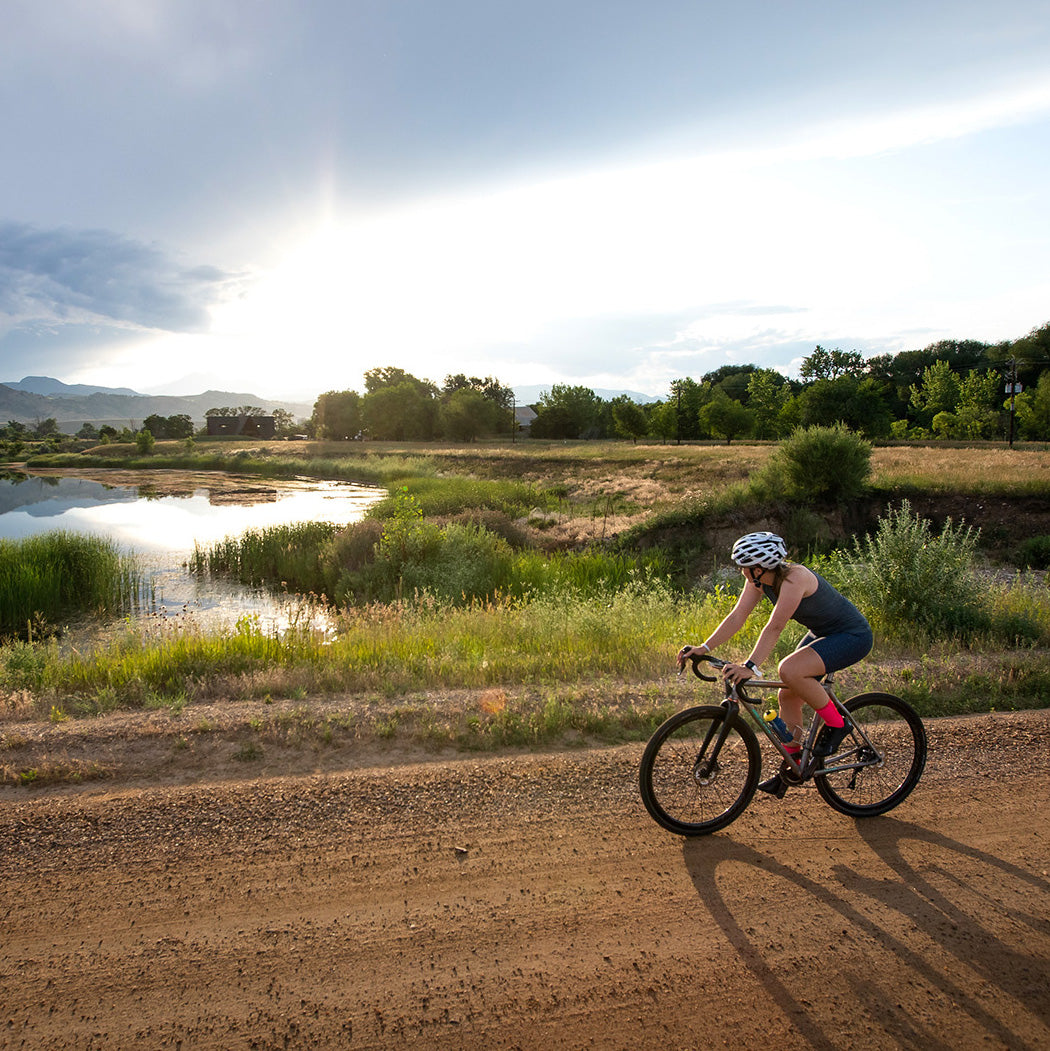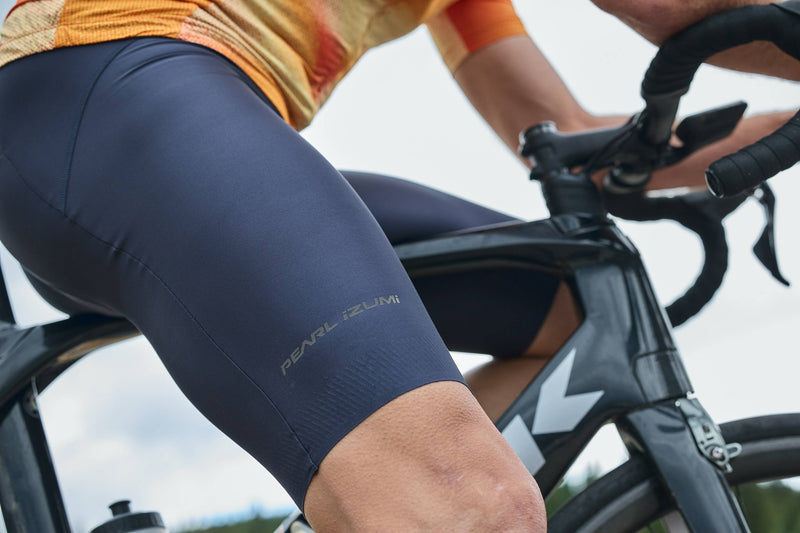These strange times have created many unusual circumstances, and the least expected was a huge surge in popularity of riding bikes. Many people who gave up riding have pulled out older bikes, dusted them off, and enjoyed pedaling in the great outdoors again. It’s been awesome to see entire families out riding together and to watch people rediscover the fun of having the wind in their faces while reconnecting with that sense of freedom on two wheels.

While those bikes were hiding in garages and basements, though, progress kept moving forward. The industry has brought us many options to improve the performance of older bikes, as well as make them more comfortable and capable. All of these improvements are far more affordable than buying a new bike, so most people can find a few upgrades in their budget.
MOUNTAIN BIKES:
MTBs, in particular, have leaped ahead with cool improvements that you can adapt to your older machine. Let’s dive in.
1x drivetrains – in particular, 1×12: Going to a single gear in the front has been a thing for a while now, but the latest 12-speed, single-ring setups do more than just allow you to toss your front derailleur, shifter and extra chainrings. These “one-by” options replace all the gears you used to enjoy while simplifying your shifting, reducing chain slap and bringing a fresh take on the experience of riding your familiar bike. Best of all, the technology has trickled down to the point where a full conversion can be had for just a few hundred dollars — more than worth it to enjoy the simplicity of one shifter and it’s new, crisp performance. Plus, now that you’ve freed your left hand from shifting duties, you can consider giving it another job…running a dropper post.
Dropper seatpost: These have been around for a bit, too, but you may not have heard of them if you’ve been away from riding recently. With the push of a button on your handlebar, the seat is lowered out of your way while descending, then returns to your correct pedaling position with another push of the button. The dropper post is arguably the best thing to happen to mountain biking in the last handful of years, primarily because it allows the rider to stay centered over the bike while going downhill — rather than getting dangerously in the back seat the way we all had to do when the saddle was up in our way. This means safer, more comfortable and confidence-inspiring descending. You’ll want to get assistance from your local bike shop to purchase the correct post since your bike will determine the post diameter, length, and choice of internal or external cable routing. Most droppers cost less than $300, which makes them a no-brainer of an upgrade.
Suspension: Suspension plays a critical role in making mountain biking fun (and safe) by absorbing impacts, improving stability, and increasing traction. As you’d expect, shocks and forks have gotten vastly better in recent years, with finer performance and more adjustability for the rider. Now, before you shrug this off as something you can go without, consider that the suspension on many older bikes is now beyond the point of support from its manufacturers. That means you can no longer get parts (including the critical seals that keep oil in and dirt out). And if you’ve never serviced the suspension on your bike, you can guarantee it’s not really doing its job anymore. Finally, if you’re going to pedal around the weight of those components, they should be working for you. Like all bike parts, there are a variety of options at different price points — as well as the usual compatibility considerations — so again you’ll want to seek advice from a knowledgeable mechanic or salesperson. But brace yourself… new suspension (or freshly serviced suspension) is going to make your bike come alive again.
ROAD/CYCLOCROSS/GRAVEL:
Your curly-bar bikes may seem simple enough to keep riding as-is, but there are several ways to make them more fun and more comfortable, which can never be overestimated, in my opinion.
Bigger tires: While you were away, wider tires have taken over the scene. They’re less harsh over bumps, corner with more grip, and actually roll faster. Seriously. Especially when you use a little less pressure than the 100 psi of the old days. All of this brings you more comfort and control, which keeps you feeling fresh longer. For older bikes, you’ll need to assess carefully how wide a tire your bike frame can accommodate, but even going from 23c to 27c will be a noticeable improvement. Just don’t skimp on tire quality, since a nice supple tire is key to this smooth ride. (By the way, MTB tires have gotten wider, too.)
Compact drivetrain: If you’re a little less fit than you used to be, or you live in hilly terrain that renders your high gears useless, you’ll love the modern compact drivetrain. This conversion reduces the sizes of your front chainrings (you can also drop to two rings instead of three). The results are easier gears throughout, making for a more enjoyable, more useful drivetrain. This works on older cyclocross bikes, too — although there’s also a 1×11 system for drop-bar bikes, which is well-suited for people who love to ride dirt roads and trails. And check this out: once you ditch that front derailleur, you might be able to fit a slightly wider tire. Winning!
Shaped handlebars: If hand, wrist or spine issues limit your riding (or you just find your current handlebar uncomfortable), you’ll be blown away by the options available these days. You can find bars that have a shorter reach, shaped or flared drops, and flattened tops to supply a variety of positions. There have even been changes to the sweep and rise, elements that used to be discussed only in the MTB world. These changes not only make riding more comfortable but can increase stability for bikes ridden off-road. You can find a lot of great information here and here.
ALL BIKES:
Wheels: You might think that wheels would be the most basic part of any bike and not see significant changes, but guess again. Wider rims have supplanted narrow ones in order to support the new wider tires, and the quality and durability of all wheels are constantly improving. If you’ve never tried a new set of wheels on your bike, they can drastically improve the responsiveness and ride quality of your older machine. Finally, nearly all decent-quality wheels, both 700c and mountain sizes, come tubeless-ready. Going tubeless is particularly useful for riding dirt, where lower pressures and puncture resistance are welcome improvements.
TouchPoints: Old, peeling saddles, fraying bar tape and sticky grips can all go by the wayside without a huge investment of cash, and you’ll be so happy you changed them. These are the little items that make a bike feel fresh again.
Forgotten Maintenance: If you can’t remember the last time your cables and housing were replaced, it’s probably time. You’ll be surprised at how much better the bike will feel without all that dirt and friction in the cables. For bikes with disc brakes, a fluid flush can get rid of that mushy feeling, bringing back the nice, crisp sensation you had when the bike was new.
With these ideas in mind, go ahead and spruce up that old bike. Since the pandemic is keeping demand for new bikes at an all-time high, upgrading the bike you already own might be a good choice for some time to come.







Comments